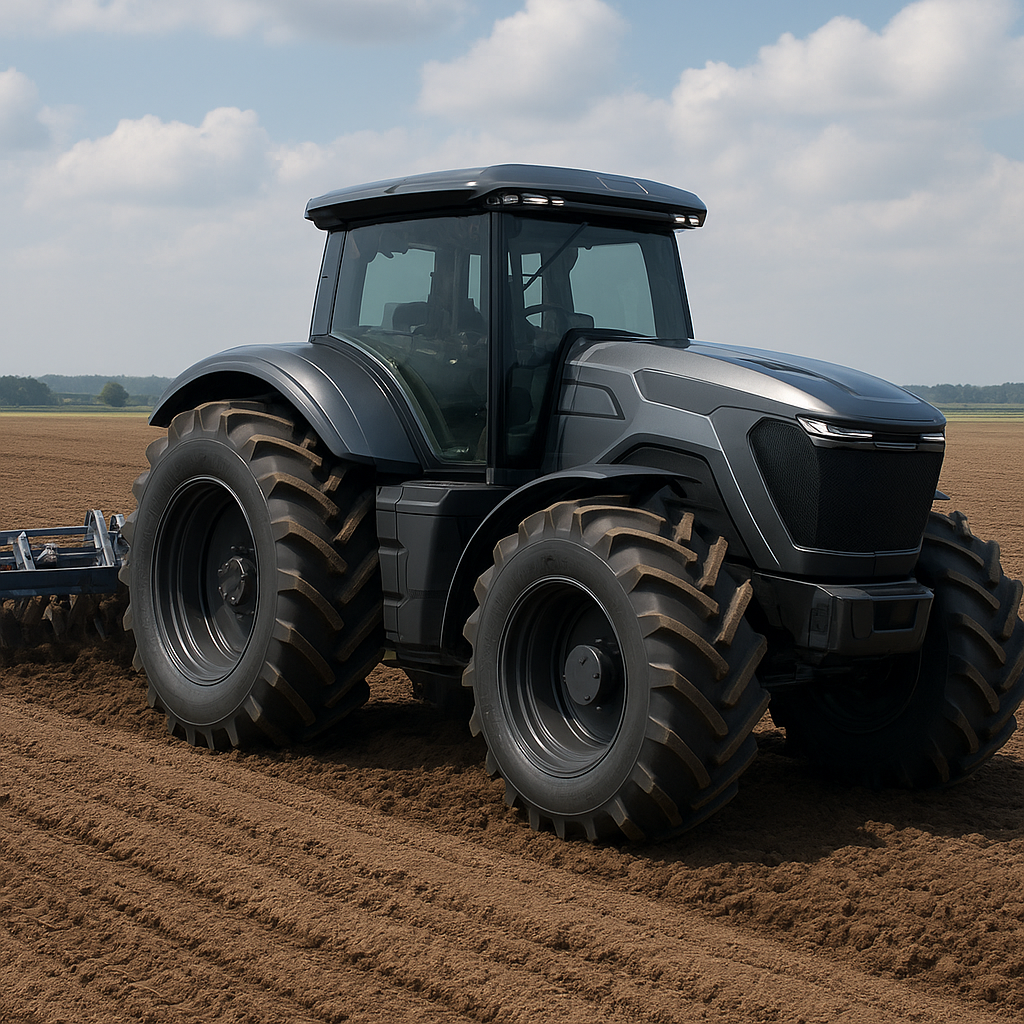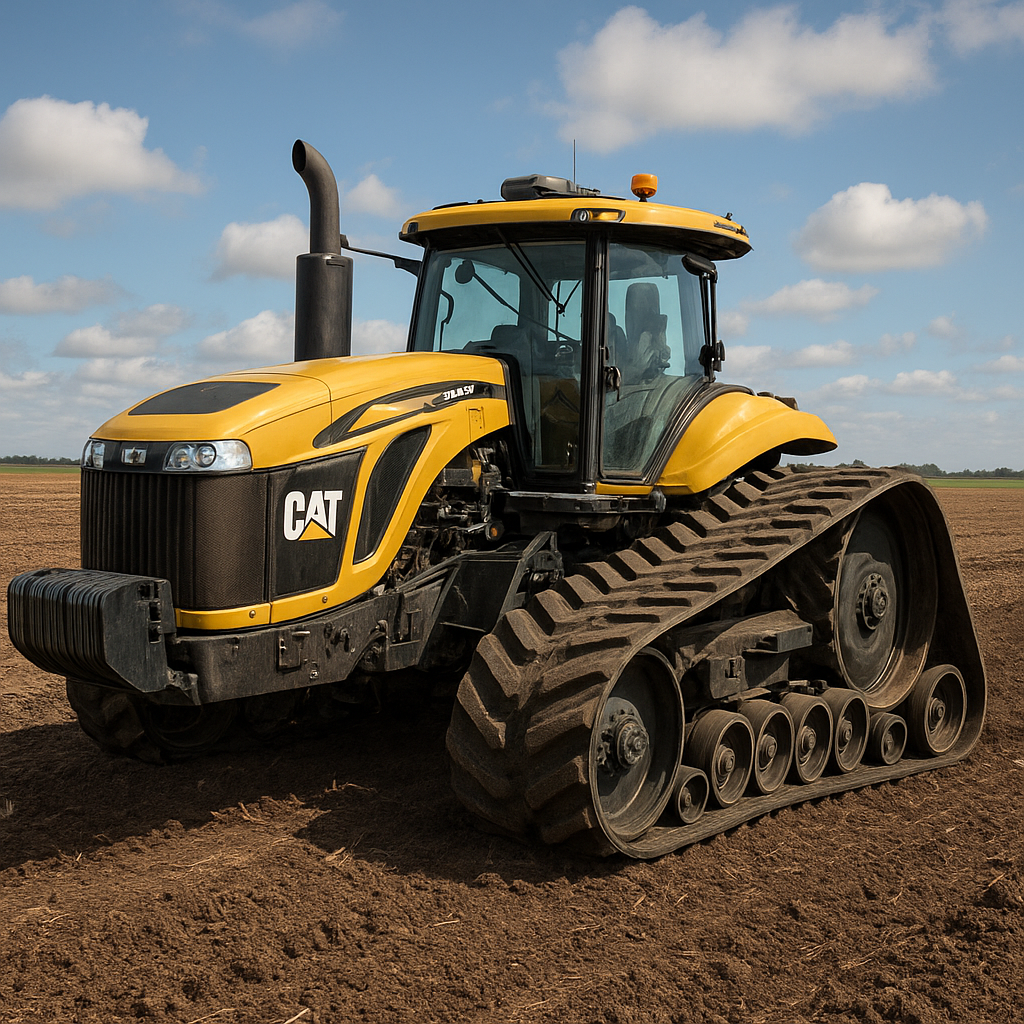The agricultural landscape is undergoing a transformation driven by breakthroughs in machinery and energy systems. The next generation of mega tractors promises to reshape the way large-scale farming operates, marrying cutting-edge innovation with advanced automation and eco-friendly power sources. From sprawling fields to remote tracts, these mechanical giants are set to deliver new levels of efficiency, precision, and environmental stewardship.
Technological Foundations of the New Age Machinery
Modern tractors are no longer just powerful vehicles; they are integrated platforms bristling with sensors, computers, and communication modules. The shift from purely mechanical machines to digitally empowered workhorses hinges on several key technologies:
- Connectivity: High-bandwidth links such as 5G and satellite Internet ensure real-time data exchange between the tractor, cloud servers, and remote operators.
- Robotics: Actuators and control units transform digital commands into physical movements, allowing implements to adjust on the fly.
- Precision Navigation: GNSS (Global Navigation Satellite Systems) combined with IMUs (Inertial Measurement Units) enable path accuracy within just a few centimeters.
- Advanced Sensors: LiDAR, radar, ultrasonic detectors, and multispectral cameras provide the spatial awareness and crop diagnostics that today’s fields demand.
- Machine Learning: Predictive algorithms analyze soil conditions, weather forecasts, and historical yields to optimize planting, fertilizing, and harvesting schedules.
Modular Powertrain Architectures
At the heart of each mega tractor lies a powertrain that can be configured for traditional diesel, hybrid, or all-electric operation. Modular design allows manufacturers to design a common chassis and electronics suite, then adapt motors, batteries, and fuel systems to meet specific farm requirements. This approach streamlines production and simplifies maintenance for farmers who may operate mixed fleets.
Autonomous Capabilities and Remote Operations
One of the most revolutionary aspects of tomorrow’s tractors is true autonomous driving. While today’s models may offer assisted steering or guidance, fully driverless operation is now within reach.
- Edge Computing: Onboard AI processors analyze sensor inputs in real time, making split-second decisions for obstacle avoidance and task execution.
- Fleet Coordination: Multiple vehicles can cooperate, dividing the workload across different implements and field zones to maximize throughput.
- Geofencing: Predefined boundaries keep vehicles within safe perimeters, preventing drift onto roads or sensitive habitats.
- Remote Monitoring: Command centers can track machine health, performance metrics, and field progress via secure dashboards.
Human–Machine Collaboration
Even with full autonomy, human oversight remains crucial. The most advanced systems employ a collaborative model in which operators supervise multiple machines from a centralized control hub. Alerts for maintenance, unexpected soil conditions, or wildlife encounters are flagged, allowing rapid human intervention when necessary. This hybrid approach leverages the speed and precision of machines with the judgment and adaptability of skilled agronomists.
Advances in Electric Propulsion and Sustainability
Environmental concerns and fuel price volatility have propelled research into electric propulsion systems for heavy machinery. Electric mega tractors offer several compelling advantages:
- Zero Tailpipe Emissions: Eliminating engine exhaust reduces greenhouse gases and helps farms comply with stricter environmental regulations.
- Regenerative Braking: Excess kinetic energy during deceleration or downhill segments is captured and stored in battery banks for later use.
- Lower Noise Pollution: Quieter operation protects wildlife and improves working conditions for farm personnel.
- Reduced Maintenance: Electric motors have fewer moving parts than internal combustion engines, lowering service intervals and downtime.
Energy Storage and Quick Recharging
A critical challenge for electric tractors is maintaining adequate runtime in vast field operations. Innovations in battery chemistry—such as solid-state cells and lithium–sulfur formulations—aim to increase energy density without excessive weight. Fast-charge infrastructures are popping up near farm hubs, utilizing high-voltage systems capable of replenishing a tractor’s battery to 80% in under an hour. Coupled with on-site solar or wind installations, many agricultural enterprises aspire to power their entire sustainability programs off-grid.
Economic and Operational Impacts on Large-Scale Farming
Deploying mega tractors with autonomous and electric capabilities introduces both benefits and hurdles for large-scale operators. Understanding these factors is vital for informed investment decisions.
- Capital Expenditure vs. Long-Term Savings: While initial costs are higher, savings on labor, fuel, and maintenance can offset the premium within five to eight years.
- Labor Dynamics: Operators transition from vehicle drivers to machine managers, requiring new skill sets in diagnostics, data analysis, and software oversight.
- Field Utilization: Autonomous systems extend working hours into low-light conditions, enabling 24/7 operations during critical planting and harvest windows.
- Data Monetization: Rich datasets generated by connected machines can be sold or shared with research institutions to improve crop varieties and farming practices.
Regulatory and Safety Considerations
Government bodies worldwide are defining standards for autonomous agricultural equipment. Key concerns include:
- Cybersecurity: Protecting machine controls and data streams from malicious interference.
- Liability Frameworks: Determining fault in incidents involving driverless machinery.
- Environmental Compliance: Ensuring that manufacturing, battery disposal, and electrical systems adhere to regulations.
- Training Requirements: Mandating certification for operators overseeing fleets of autonomous tractors.
Challenges on the Horizon and Research Directions
Despite rapid progress, several technical and logistical challenges remain:
- Terrain Adaptability: Ensuring autonomous tractors can handle steep slopes, wet soils, and uneven surfaces without human aid.
- Interoperability Standards: Developing universal protocols so that implements from different manufacturers can communicate seamlessly with tractor platforms.
- Battery Weight vs. Payload: Balancing the extra mass of high-capacity batteries against the need to tow heavy agricultural equipment.
- Data Privacy: Establishing transparent policies so that farmers retain ownership of their operational data.
Collaborative Innovation Ecosystems
Universities, startups, and established OEMs are forging research consortiums to tackle these issues. Pilot programs test novel robotic attachments for weed control, precision spraying, and microlivestock monitoring. Collaborative platforms accelerate the adoption of open APIs, allowing third-party developers to contribute algorithms that enhance efficiency and functionality.
Prospects for the Next Decade
As battery technologies mature and AI-driven autonomy becomes standardized, the revolution in farming machinery will reach full throttle. “Smart farms” will feature interconnected fleets of mega tractors that seamlessly integrate with drones, harvesters, and storage systems. Real-time analytics will drive dynamic crop planning, mitigating the effects of climate fluctuations and resource constraints. Ultimately, the fusion of robotics, electrification, and data science will unlock unprecedented productivity, steering global agriculture toward a more resilient and sustainable future.









